etiquette (Page 6)
One man in China was mad as hell at uncivilized behavior in airports and divided opinions in the country by not taking it anymore.
With rules regarding everything from tea to elevators, some new employees think it’s all too much.
In the past we’ve written about office etiquette and office parties in Japan, but how are Japanese office manners or your own different from those in other countries?
As hugely popular instant messaging app LINE supplants most other forms of communication in Japan, a poll asks young Japanese people: Is it okay to break up with someone by IM?
Many of us dream of eating authentic sushi in Japan. But do you know the proper decorum for ordering? How about paying the bill? And what’s the difference between nigiri and narezushi, anyway?
Every country has its own culture and unique customs that come with it. Understanding the social etiquette of the country before visiting can help to make the experience less overwhelming.
In China, you might be surprised to find that burping is considered a way of complimenting the chef or that a gift will be refused several times before it is accepted.
Here are 13 customs to know before traveling to China.
With thousands of temples, beautiful gardens, geisha and maiko (geisha-in-training), and more history than you can shake an encyclopedia at, Kyoto is the place to be when visiting Japan. So with so many tourists from around the world crowding into the city, a few are bound to step out of line.
Thankfully TripAdvisor Japan created a handy infographic showing how to politely visit Kyoto. Kyotoites are understandably protective of their city and its cultural and historical treasures, and some will not hesitate to correct you if you’re doing something rude or wrong. So to be sure that everyone is on the same page, here are a few simple rules to keep in mind when you visit this wonderful city.
Karaoke in Japan tends to be a little different from in the west, and it comes with its own set of rules and etiquette that it’s a good idea to learn if you want to keep being included in karaoke parties.
Whether it’s your first time ever singing in (semi-)public or you’re a seasoned karaoke veteran back home, these six tips for not being a total karaoke bore will help make your singing sessions super special (and not at all humiliating…).
With the invention of indoor plumbing and bathtubs (not really news to anyone, we’d hope), the traditional public bath houses and hot springs of Japan are now used for relaxing getaways more than actual hygienic necessity. Heck, even capybara soak in hot springs to relax!
Hot springs, known as onsen in Japanese, are also becoming popular with foreign visitors, at least those brave enough to bare it all in front of strangers. For health and safety reasons, there are quite a few rules to pay attention to when soaking in a public bath. A very nicely designed etiquette poster, which recently surfaced on TripAdvisor, is very thorough and is even teaching Japanese people a thing or two about the bathing experience!
If you are a brain surgeon trying to get a side job flipping burgers at a fast food joint, you’re more than likely to be called “overqualified” and sent packing; yes, even if you really have a passion for perfecting the ultimate burger flip. Your services are clearly required elsewhere, despite your dreams of being Employee of the Month. But being overqualified for sports isn’t something most athletes generally have to worry about blowing back on them.
Unless, apparently, your sport is Japanese high school baseball, as one especially talented and furiously base-stealing Gunma Prefecture player learned recently.
Ryokan are traditional Japanese hotels whose roots can be traced back to the Edo Period (1603–1868). Although nowhere near as ubiquitous as they once were, there still exist thousands of such establishments, which are most often associated with relaxation, hot spas and, of course, good Japanese food and drink. Even those who would ordinarily choose a bed over a futon would be wise to experience staying at a ryokan at least once during a visit to Japan, but there are a number of dos and don’ts that visitors – both Japanese and otherwise – really ought to know before setting foot inside one.
Trip Advisor Japan has helpfully published a list of tips, designed to look like set of cards teaching the characters from the Japanese syllabary, which instructs visitors on the right way to enjoy a Japanese inn. Some are as obvious as telling guests not to take stuff home with them, but there are others that really ought to be given your full attention.
Our hungry friends over at Foodbeast have just unleashed a great new how-to video that outlines a number of errors both Japanese and non-Japanese alike often make when eating sushi. Not only that, but it teaches us the correct way to eat the stuff, introducing one piece of dining etiquette in particular that even regular sushi eaters often forget. Be sure to check this one out!
The act of gift giving is a special sort of science. Between all of the holidays, birthdays, weddings, anniversaries, and special moments in between, we get a lot of practice with presents, and yet sometimes it’s still so hard to pick out the perfect gift for any certain someone. Still, we’ve all heard horror stories about well-intentioned presents having the complete opposite effect. Now, not to increase your anxiety over gift giving, but did you know that many everyday items carry rude connotations when given as gifts, at least in certain cultures?
You’d like to think that anyone would be happy to receive something useful as a present, but then remember how it feels when your friend offers you a piece of gum. Perhaps it’s their favorite flavor and they just really want to share, but nonetheless you’re left with a nagging worry about how badly your breath must stink. These misunderstandings can happen on a much larger scale when cultural differences come into play. So, to help you all out, here’s a little guide to gift-giving manners.
Ask someone to describe the Japanese people in ten words or fewer and more often than not ‘polite’ or ‘reserved’ will appear somewhere in the mix. Japan is known the world over as a safe, pleasant place to live where people are on the whole helpful and courteous; few people visit Japan and return home with tales of rude airport staff or inattentive waitresses.
When I first came to Japan, I had the pleasure of living for five years in a pretty little town in Fukushima Prefecture, surrounded by rice fields, rivers and some of the deepest greens I have ever seen. Of course, I experienced the warmth of locals’ hospitality and kindness first-hand, but it was only in when I moved south to Tokyo in 2011 that I came to understand the real meaning of the word manā (‘manner’), and began to appreciate how much more important it is in urban living.
If there’s one household commodity that Japan can truly be proud of, it’s their high-tech toilets, particularly the model known as a Washlet. These things are world-famous for their advanced butt-cleansing technologies and heated seats. Why, the simple press of a button has water spraying up out of the bowl like a fountain! To any long-standing member of Japanese society, the warm water jet is obviously intended to help rinse away the residue of a good dump, but what’s a foreign traveler to do when faced with one of these mythical thrones for the first time?
In hopes of preempting any future toilet travesties, we at RocketNews24 would like to introduce you to our demonstrative list of things one shouldn’t do with a Washlet. No, really. While some of these items may seem like clever ways to freshen up after taking care of business, the Washlet is not a one-stop body shop, and we urge you never to try these things at home… or anywhere else for that matter. Read More
Flipping through any travel guide about Japan you will learn that Japan is a country where tipping is non-existent. Leaving your change on the table at a restaurant may result in the waiter chasing you down to give it back.
But in Japan there actually is a system of tipping that exists but is tangled in a mysterious system of formality that no one really seems sure of. In an interview with Yahoo! Japan, Nobuko Akashi of the Japan Manners & Protocol Association attempts to unravel this system so we can all know when and where it’s appropriate to tip in Japan.
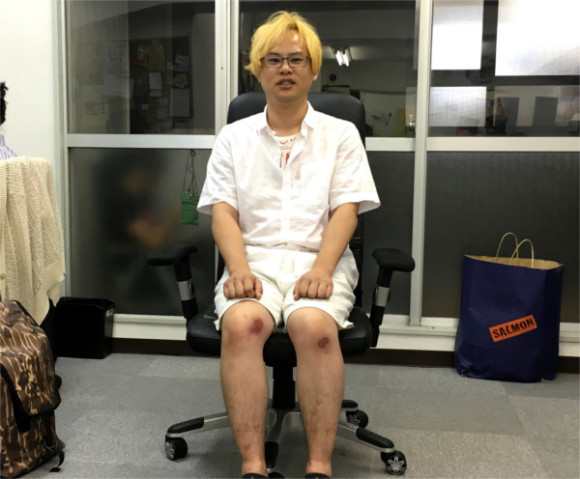




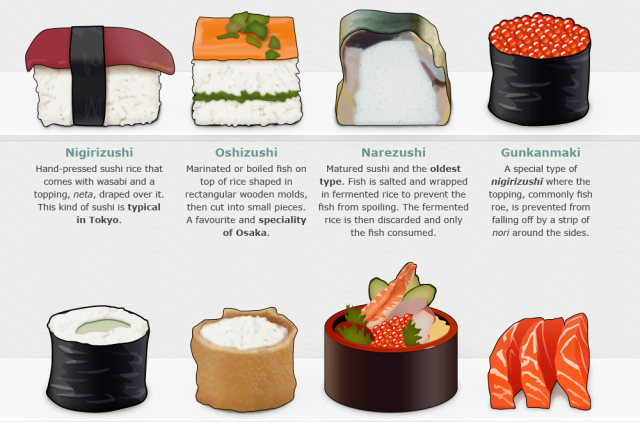

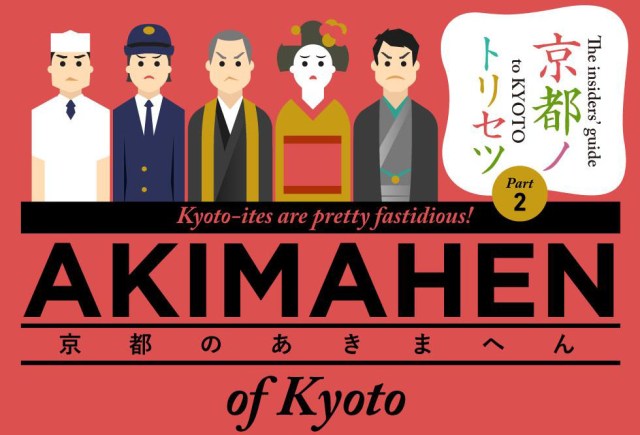
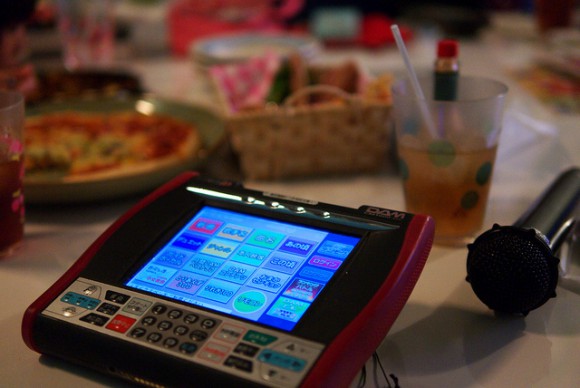

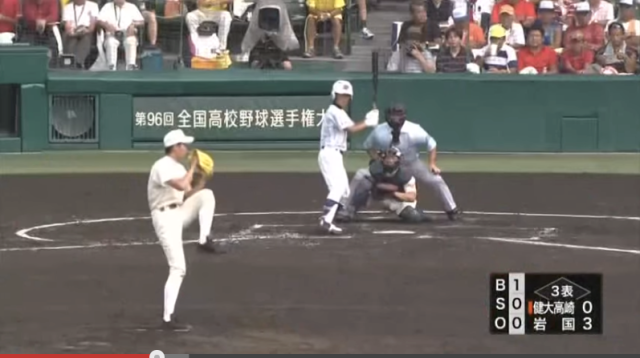
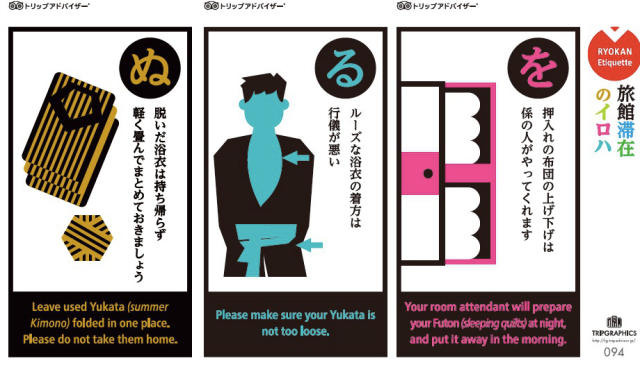
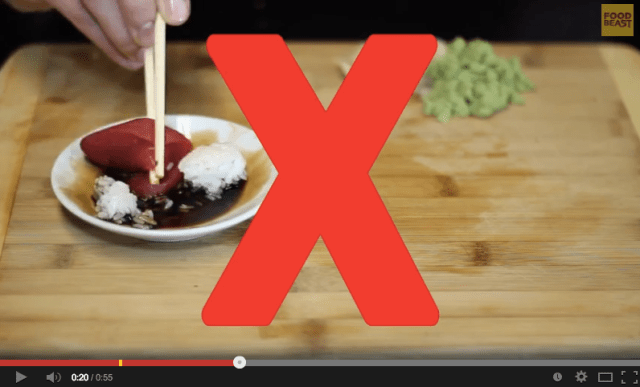
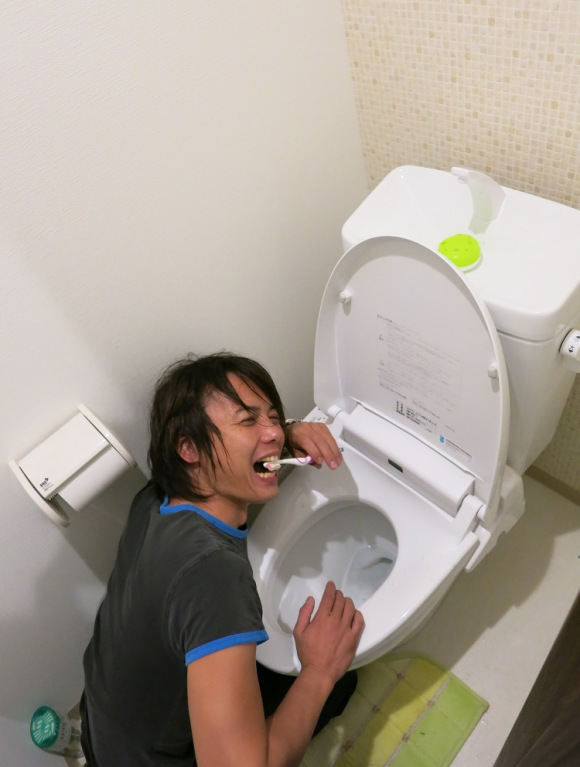
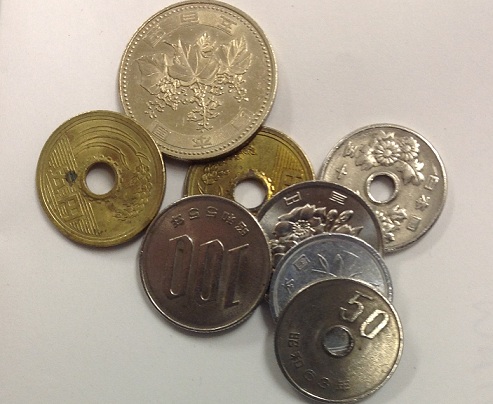
 A Japanese dating app matched our bachelorette with a Buddhist monk, and she learned some things
A Japanese dating app matched our bachelorette with a Buddhist monk, and she learned some things Large amount of supposed human organs left in Osaka marketplace
Large amount of supposed human organs left in Osaka marketplace Naruto ninja village theme park area, Kyubi coaster being added to Parc Spirou Provence【Pics】
Naruto ninja village theme park area, Kyubi coaster being added to Parc Spirou Provence【Pics】 Tokyo’s Tsukiji sushi neighborhood asks tour groups to stay away for the rest of the month
Tokyo’s Tsukiji sushi neighborhood asks tour groups to stay away for the rest of the month Sanrio brings some smiles to Evangelion with new collaboration merch line【Photos】
Sanrio brings some smiles to Evangelion with new collaboration merch line【Photos】 Tokyo’s Haneda Airport is adding a giant Godzilla statue to its international terminal
Tokyo’s Haneda Airport is adding a giant Godzilla statue to its international terminal What’s it like at Samoyed Cafe Moffu Harajuku?
What’s it like at Samoyed Cafe Moffu Harajuku? Japanese dating site’s picture of ideally attractive woman: young, no sleeves, college education
Japanese dating site’s picture of ideally attractive woman: young, no sleeves, college education Haunted hospital near Mt Fuji re-opens after renovation at Fuji-Q Highland, and it’s terrifying
Haunted hospital near Mt Fuji re-opens after renovation at Fuji-Q Highland, and it’s terrifying We visit a Brazilian buffet in Shimane Prefecture, eat so much beef and sausage we forget dessert
We visit a Brazilian buffet in Shimane Prefecture, eat so much beef and sausage we forget dessert 7-Eleven Japan starts new temporary luggage storage service in over 300 branches
7-Eleven Japan starts new temporary luggage storage service in over 300 branches Starbucks teams up with 166-year-old Kyoto doll maker for Year of the Horse decorations【Photos】
Starbucks teams up with 166-year-old Kyoto doll maker for Year of the Horse decorations【Photos】 Street Fighter Hadouken Churros to be launched and eaten in Tokyo, Okami pudding on offer too
Street Fighter Hadouken Churros to be launched and eaten in Tokyo, Okami pudding on offer too More Shinkansen trains being added to Japan’s “golden route” to meet traveler demand
More Shinkansen trains being added to Japan’s “golden route” to meet traveler demand Japanese avoiding domestic travel as foreign tourists increase, possibly creating vicious cycle
Japanese avoiding domestic travel as foreign tourists increase, possibly creating vicious cycle Japanese woman mistaken for bear
Japanese woman mistaken for bear Return of Totoro sequel short anime announced for Ghibli Park
Return of Totoro sequel short anime announced for Ghibli Park Is this the most relaxing Starbucks in Japan?
Is this the most relaxing Starbucks in Japan? We go on a quest to find the cheesiest sushi at Japanese conveyor belt sushi chains【Taste test】
We go on a quest to find the cheesiest sushi at Japanese conveyor belt sushi chains【Taste test】 Japan’s human washing machines will go on sale to general public, demos to be held in Tokyo
Japan’s human washing machines will go on sale to general public, demos to be held in Tokyo Starbucks Japan unveils new Christmas goods and a rhinestone tumbler that costs 19,500 yen
Starbucks Japan unveils new Christmas goods and a rhinestone tumbler that costs 19,500 yen Japanese train company is letting fans buy its actual ticket gates for their homes
Japanese train company is letting fans buy its actual ticket gates for their homes Is China’s don’t-go-to-Japan warning affecting tourist crowds in Tokyo’s Asakusa neighborhood?
Is China’s don’t-go-to-Japan warning affecting tourist crowds in Tokyo’s Asakusa neighborhood? The 10 best day trips from downtown Tokyo【Survey】
The 10 best day trips from downtown Tokyo【Survey】 Tokyo considering law requiring more trash cans following litter increase in heavily touristed area
Tokyo considering law requiring more trash cans following litter increase in heavily touristed area Nintendo’s Kirby now delivering orders at Kura Sushi restaurants, but not in Japan
Nintendo’s Kirby now delivering orders at Kura Sushi restaurants, but not in Japan Survey asks foreign tourists what bothered them in Japan, more than half gave same answer
Survey asks foreign tourists what bothered them in Japan, more than half gave same answer Japan’s deadliest food claims more victims, but why do people keep eating it for New Year’s?
Japan’s deadliest food claims more victims, but why do people keep eating it for New Year’s? We deeply regret going into this tunnel on our walk in the mountains of Japan
We deeply regret going into this tunnel on our walk in the mountains of Japan Studio Ghibli releases Kodama forest spirits from Princess Mononoke to light up your home
Studio Ghibli releases Kodama forest spirits from Princess Mononoke to light up your home Major Japanese hotel chain says reservations via overseas booking sites may not be valid
Major Japanese hotel chain says reservations via overseas booking sites may not be valid Put sesame oil in your coffee? Japanese maker says it’s the best way to start your day【Taste test】
Put sesame oil in your coffee? Japanese maker says it’s the best way to start your day【Taste test】 The top 10 annoying foreign tourist behaviors on trains, as chosen by Japanese people【Survey】
The top 10 annoying foreign tourist behaviors on trains, as chosen by Japanese people【Survey】 No more using real katana for tourism activities, Japan’s National Police Agency says
No more using real katana for tourism activities, Japan’s National Police Agency says Starbucks Japan reveals new sakura drinkware collection, inspired by evening cherry blossoms
Starbucks Japan reveals new sakura drinkware collection, inspired by evening cherry blossoms Tokyo’s Haneda Airport is adding a giant Godzilla statue to its international terminal
Tokyo’s Haneda Airport is adding a giant Godzilla statue to its international terminal What’s it like at Samoyed Cafe Moffu Harajuku?
What’s it like at Samoyed Cafe Moffu Harajuku? Japanese dating site’s picture of ideally attractive woman: young, no sleeves, college education
Japanese dating site’s picture of ideally attractive woman: young, no sleeves, college education Haunted hospital near Mt Fuji re-opens after renovation at Fuji-Q Highland, and it’s terrifying
Haunted hospital near Mt Fuji re-opens after renovation at Fuji-Q Highland, and it’s terrifying We visit a Brazilian buffet in Shimane Prefecture, eat so much beef and sausage we forget dessert
We visit a Brazilian buffet in Shimane Prefecture, eat so much beef and sausage we forget dessert Cosplaying go-kart driver strikes bicyclist in hit-and-run collision in Akihabara
Cosplaying go-kart driver strikes bicyclist in hit-and-run collision in Akihabara Sorakaze: New Hakone sightseeing cruise boat on Lake Ashi is as stunning as the Mt Fuji views
Sorakaze: New Hakone sightseeing cruise boat on Lake Ashi is as stunning as the Mt Fuji views Make a Burger King Whopper at home with new CooKING Burger @Home delivery set
Make a Burger King Whopper at home with new CooKING Burger @Home delivery set 7-Eleven Japan starts new temporary luggage storage service in over 300 branches
7-Eleven Japan starts new temporary luggage storage service in over 300 branches Is this the most relaxing Starbucks in Japan?
Is this the most relaxing Starbucks in Japan? Meet the eerie police statues of Miyakojima in Okinawa Prefecture
Meet the eerie police statues of Miyakojima in Okinawa Prefecture Proposed sakura name for new middle school in Japan draws complaints for kamikaze overlap
Proposed sakura name for new middle school in Japan draws complaints for kamikaze overlap